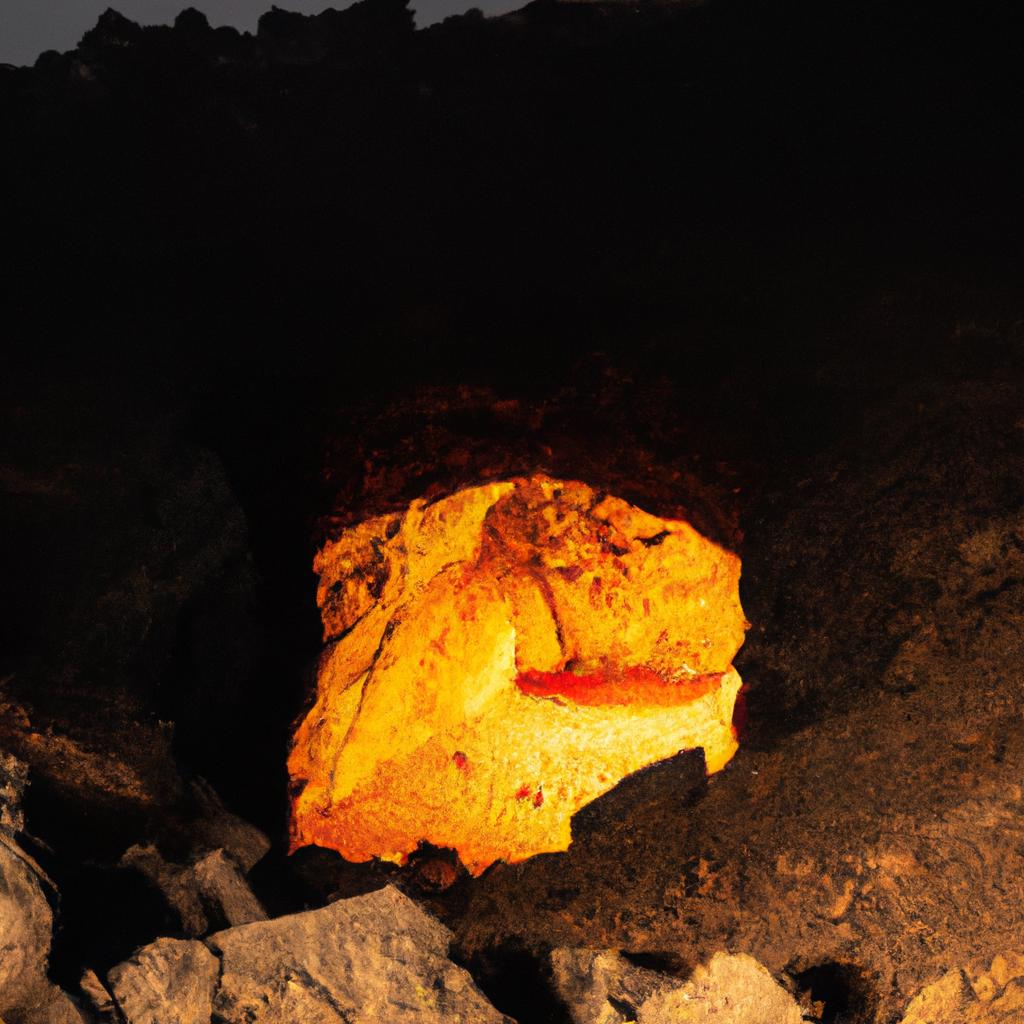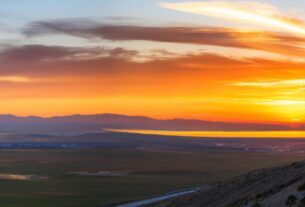Have you ever heard of a gigantic fiery pit in the heart of a desert that simply never stops burning? Welcome to Turkmenistan’s Door to Hell, one of the most extraordinary and captivating natural wonders on the planet. This massive crater, also known as the Darvaza gas crater, has been ablaze for over five decades, and it has recently gained popularity as a must-visit tourist destination.
The Door to Hell is an immense crater measuring approximately 70 meters in diameter and 20 meters deep. It rests in the midst of Turkmenistan’s Karakum Desert, approximately 260 kilometers north of Ashgabat, the capital city. The crater formed in 1971 when Soviet geologists unintentionally drilled into a natural gas reservoir, causing the ground to collapse and create the enormous crater we see today.
The crater, dating back to the Soviet era, boasts a fascinating history. Soviet geologists were drilling for oil in the Karakum Desert when they unexpectedly tapped into an immense natural gas reservoir in 1971. The ground beneath them gave way, resulting in a colossal crater measuring about 70 meters in diameter and 20 meters deep.
To prevent the release of poisonous gas, Soviet authorities made the decision to set the gas ablaze, hoping it would burn out within a few weeks. However, the gas has been burning for over five decades, transforming the crater into a famous tourist attraction in recent years.
Recognizing the Door to Hell as a significant energy source, the Turkmenistan government has plans to extract and export the gas to other countries. At the same time, they value the crater’s importance as a tourist attraction and have taken steps to safeguard it. A protective fence has been erected around the crater to prevent accidents, and a platform has even been installed for visitors to safely observe the fiery pit from a distance.
The Science Behind the Phenomenon
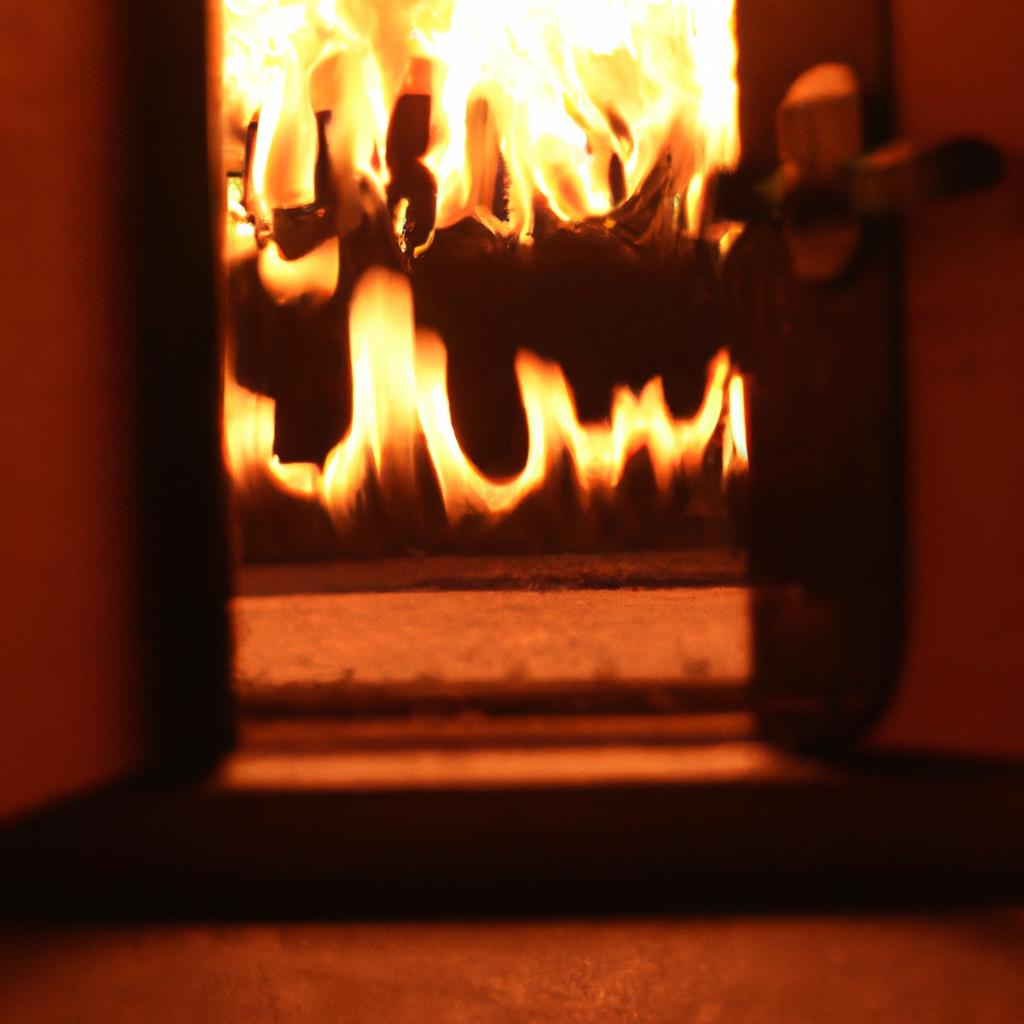
The natural gas crater in Turkmenistan continues to burn after several decades
The Door to Hell is a natural gas crater that has been continuously burning for more than five decades. Its primary composition is methane gas, which is highly flammable and responsible for the ongoing combustion. The gas was purposely ignited to prevent the release of toxic gases into the atmosphere after the ground collapsed during a drilling accident.
Moreover, the gas crater’s impact on the environment is noteworthy, contributing to global warming and climate change. It emits a substantial amount of methane gas, a potent greenhouse gas that intensifies the problem. Recognizing the environmental consequences, the Turkmenistan government plans to extract and export the gas to other nations to reduce its environmental impact.
Embarking on a Journey to the Door to Hell
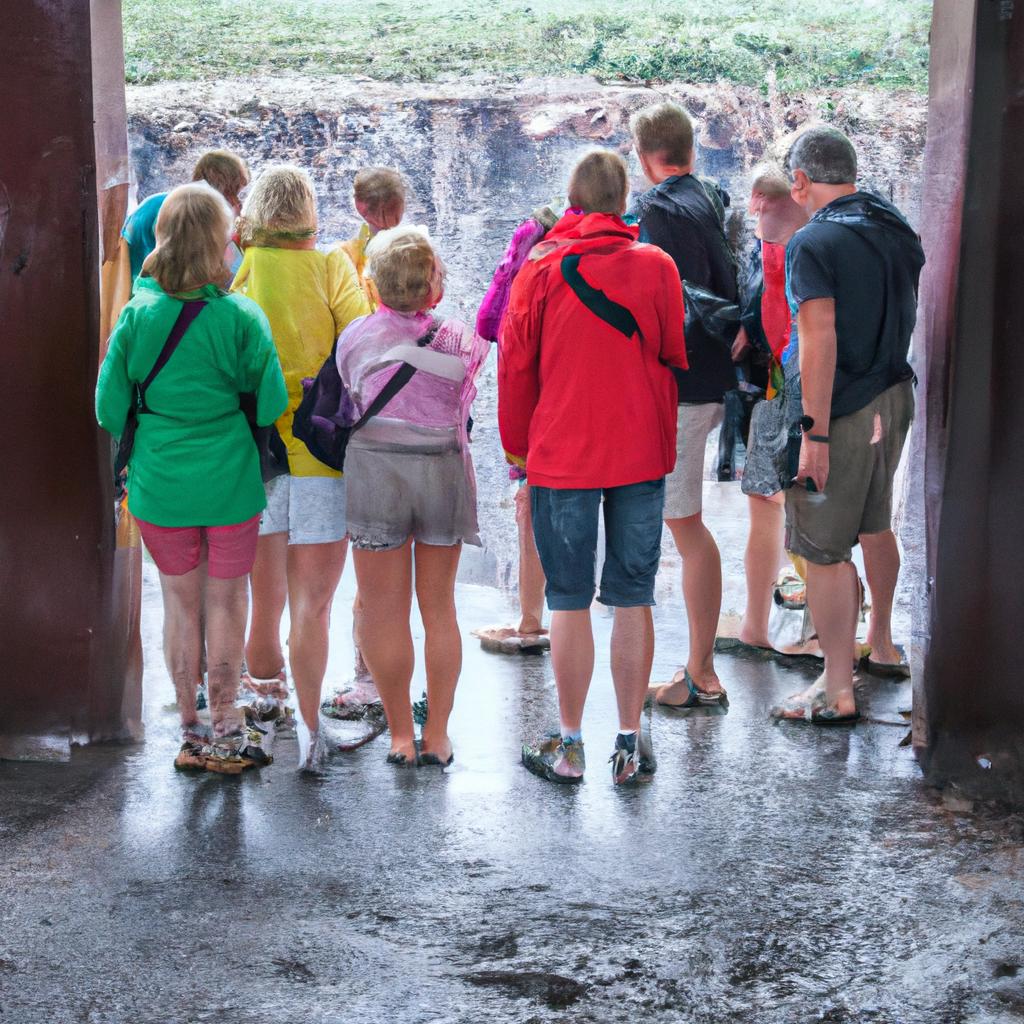
Visitors from all over the world come to see The Door to Hell in Turkmenistan
Visiting the Door to Hell presents a once-in-a-lifetime experience that will forever remain etched in your memory. However, logistical challenges await as the crater lies in the heart of the Karakum Desert, approximately 260 kilometers north of Ashgabat. The best way to reach this marvel is by booking a tour with a local travel agency or hiring a private guide.
Once you arrive, prepare to be mesmerized by the sheer beauty of the fiery pit and the remarkable natural phenomenon before your eyes. The crater’s flames are most visible at night, providing a breathtaking spectacle. Visitors can stroll along the edge of the crater and even choose to camp nearby, experiencing the fiery pit’s captivating display.
However, safety should be a primary concern when venturing to the Door to Hell. The crater’s edges can be unstable, and the heat can prove overwhelming. Visitors must take necessary precautions and adhere to the designated viewing area. Wearing protective clothing, carrying ample water, and applying sunscreen are advisable, as the desert heat can be unforgiving.
The Door to Hell in Pop Culture
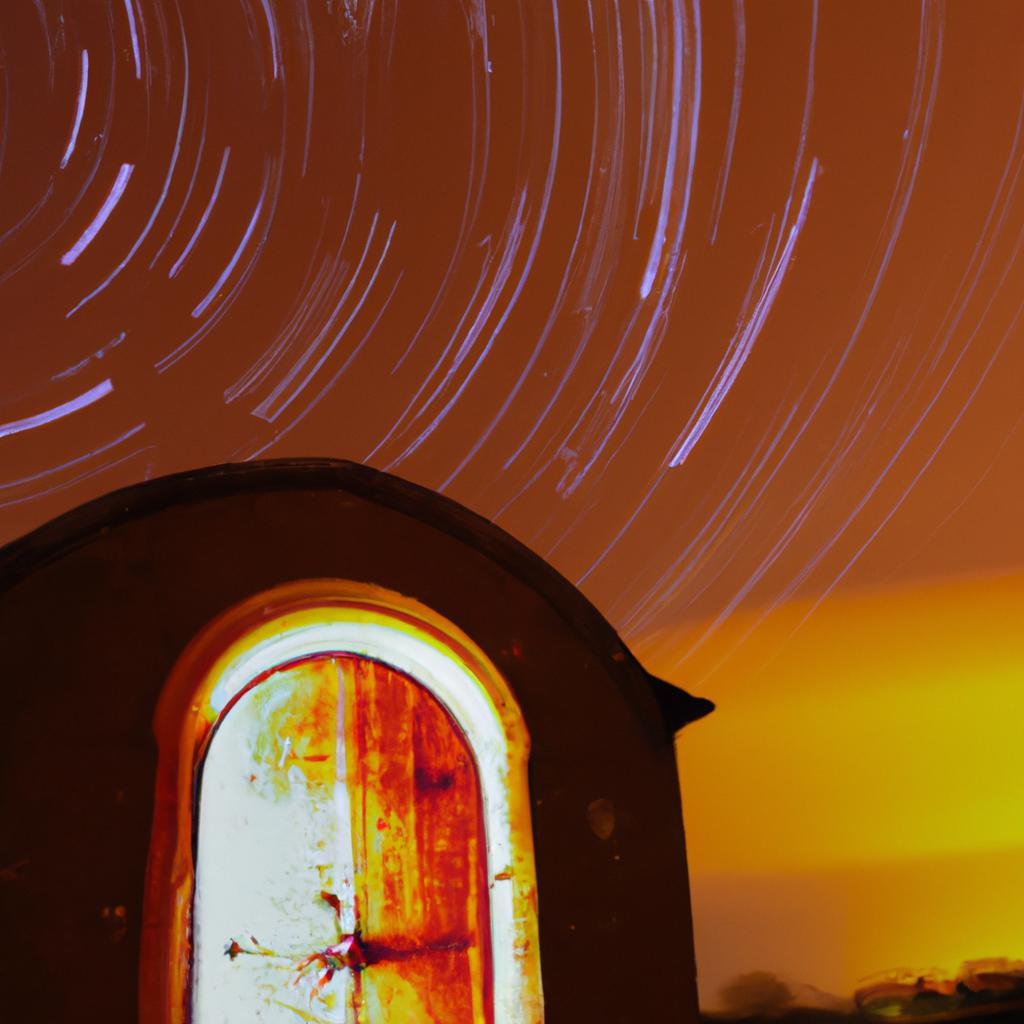
The Door to Hell provides a stunning backdrop for stargazing in Turkmenistan
Over the years, the Door to Hell has made notable appearances in numerous movies, TV shows, and documentaries. Its distinctive appearance and perpetual flames make it an ideal filming location. In 2010, the Door to Hell featured in an episode of the BBC series Top Gear, where the presenters drove their cars into the crater. The crater has also appeared in films like The Burning Plain and The Road.
Furthermore, the Door to Hell has inspired artists and musicians alike. In 2013, the American rock band Deftones released an album titled Koi No Yokan, featuring a song called “Swerve City” that alludes to the Door to Hell. This captivating crater has also served as inspiration for a painting by Italian artist Fabio Calvetti and numerous other artworks.
In Conclusion
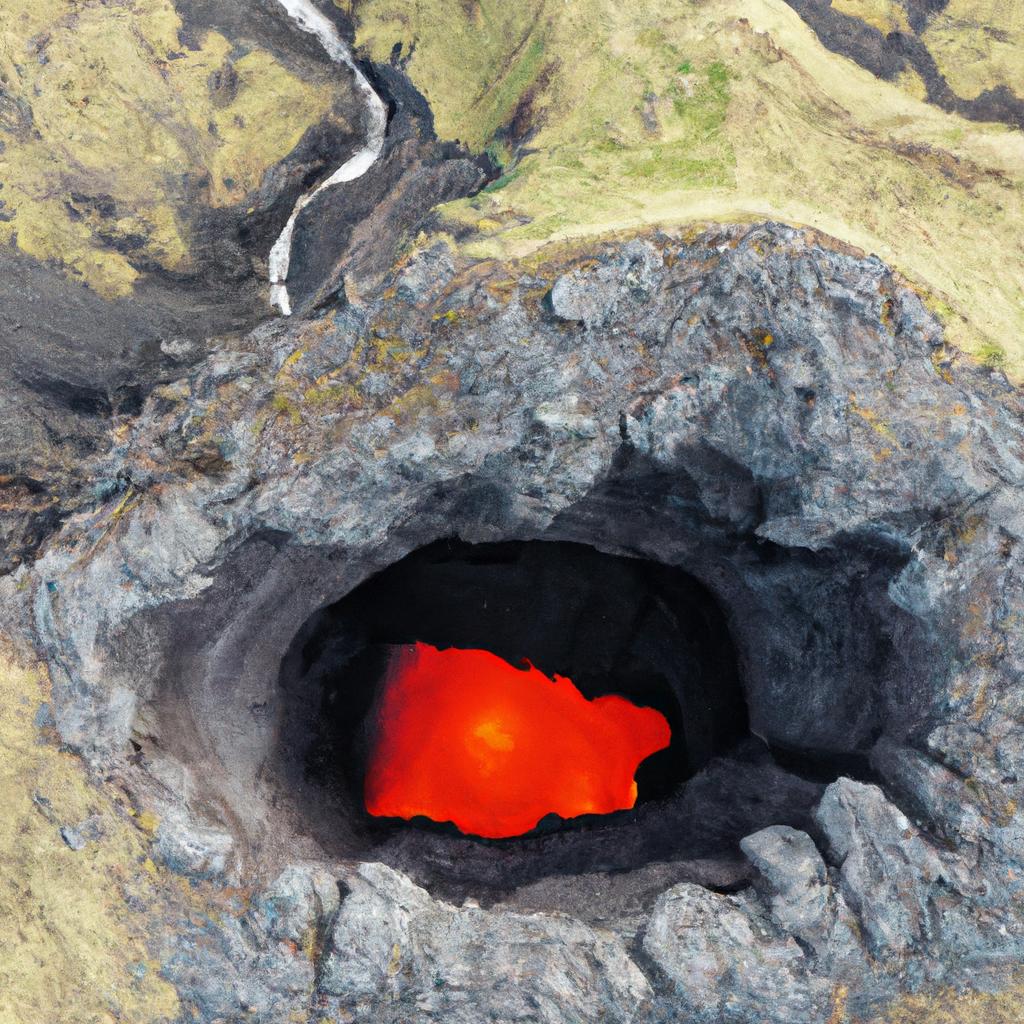
The natural gas crater in Turkmenistan is surrounded by a vast desert landscape
The Door to Hell in Turkmenistan stands as an extraordinary natural wonder that has enraptured people worldwide. Burning for over five decades, this fiery pit has transformed into a popular tourist attraction. Its unique appearance and everlasting flames have ignited the creative minds of artists and filmmakers over the years.
Not only is the Door to Hell a crucial energy source for the Turkmenistan government, but it also plays a vital role in the country’s tourism industry. Recognizing its significance, the government has taken steps to protect the crater while promoting it as a captivating tourist destination.
To conclude, the Door to Hell is a destination that should not be missed by anyone fascinated by natural wonders and exceptional landscapes. Its fiery pit is an awe-inspiring sight that is sure to leave an indelible impression on all who visit. At TooLacks, we are passionate about exploring and sharing stories of captivating destinations like the Door to Hell. We hope that our readers will be inspired to embark on their own journey to this extraordinary location. Visit TooLacks to discover more fascinating destinations.
